Exploring Historic Sites
Bishop's Castle & the surrounding towns and villages have a wealth of castles, stone circles, Iron Age hill forts and churches to explore. Walk the paths of the ancients and discover the area's rich history with our guide to the best places to visit.
During the Middle Ages, The Welsh border had the greatest concentration of castles anywhere in Europe. At least 250 strongholds along the Shropshire and Herefordshire border, many of which still stand today. Bishop’s Castle and Beyond is also home to three Bronze Age stone circles, and several Iron-Age hill forts. Steeped in myth and legend, discover the story of the Stone Witch on Stapeley Hill or find out why the Devil came to Stiperstones.
Stone Circles
Mitchell’s Fold Stone Circle
This impressive stone circle sits atop Stapeley Hill, near Chirbury. Once consisting of 30 stones, 15 are still visible in varying height. Offering spectacular views across the Stiperstones to the east and the Welsh Hills to the west, this is a site not to be missed. Legend says the centre stone is a witch who was petrified for stealing milk. She is guarded by the surrounding stones, and sometimes when the sky turns black some people claim to have heard ghostly cackles echoing across the hill.
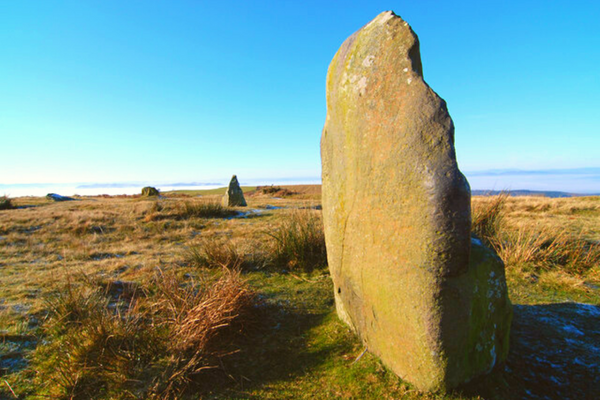
Whetstones Stone Circle
This little-known stone circle sits in a private field but can be observed from a nearby field boundary. It was destroyed in the 19th century and sadly, few stones remain, many of which are collapsed. Believed once to have once been an extensive site and equal to that of Mitchell's Fold, which lies only ten minutes away. Despite its humble appearance it's well worth a visit.
The Hoarstones Stone Circle
A great stone circle although now many of the stones are missing or hidden under years of vegetation. It offers a great view of Corndon Hill and rumoured to have a ley line crossing just south of the circle. See the Hoarstone shot holes, rumoured to have been made by miners and filled with gunpowder to celebrate local wedding ceremonies.
Castles
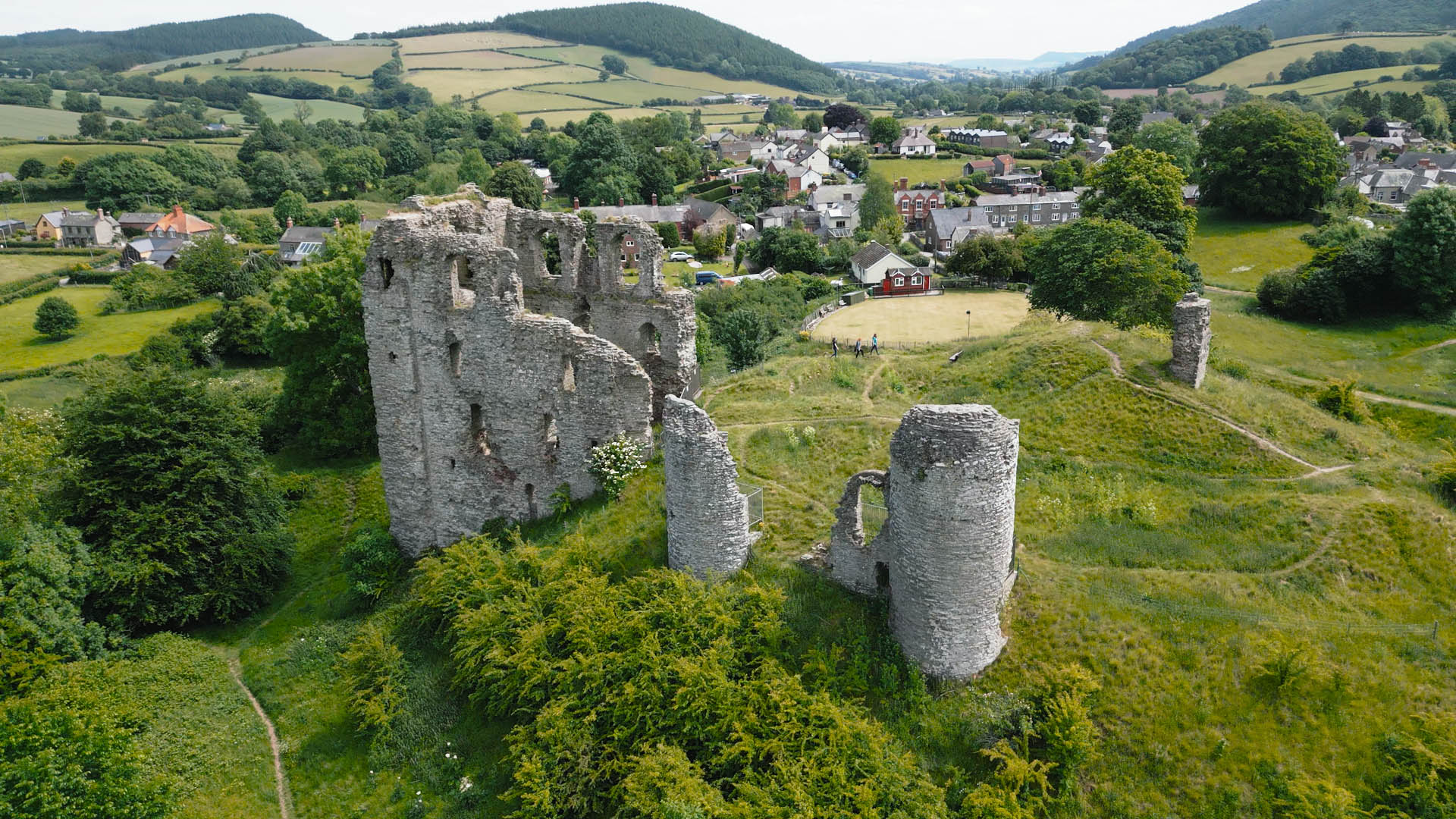
Corfton The Mount
Little is known about this Norman earthwork motte and bailey fortress overlooking the Corve Dale. A ditch remains on the north and east sides, but elsewhere it has been destroyed by the encroachment of local farm buildings.
Caus Castle
It is believed that Caus Castle was built from the ruins of a hill fort and adapted in medieval times to form the outer bailey of this castle. On the eastern foothills of Long Mountain, guarding the border between England and Wales, it consists of a high motte with a small summit.
Destroyed during the Civil War, it was later dismantled and all that remains exists as earthworks and some stone remains on the motte.
Clun Castle
On the Welsh border, this 11th century Norman Castle dominates the hill overlooking the town of Clun. In 1196 Clun castle was attacked and burned by the Welsh, however, it was rebuilt by the Fitzalan family, who modified its structure into the one you see today. King John attacked Clun during the Baron’s War, which in turn led to the signing of the Magna Carta in 1215.
In the early 1400’s it was attacked by Owain Glyndwr, although by then Clun Castle was largely a ruin. It was used as a hunting lodge, prison and centre for political administration in the area, with a courthouse building being added in the 16th century. By 1540 it was described as a ruin and disappears from the history books.
Hopton Castle
Besieged in a notorious battle during the Civil War, Hopton Castle is a fine example of medieval architecture. Although, unclear of the origins, it has features typical of an 11th or 12th century castle, but some argue it could have been built deliberately in an older style, perhaps to give the owners status as landowning gentry.
The castle became famous during the Civil War, owned by Parliamentarians, in a largely Royalist County. It was immortalised in a diary that detailed a month-long siege by Prince Rupert’s forces in 1644, resulting in the Castle’s eventual surrender.
Middlehope Castle
Very little is left of this small, badly mutilated motte and bailey fortress. Sited upon a small ridge, are the remains of a low motte, which stood within a banked and ditched, once circular bailey. It is believed that the castle was never finished.
Dolforwyn Castle
High on the hill above the Severn Valley, this impressive ruin was originally built by Welsh lord Llywelyn ap Gruffydd. In 1273, King Edward I wrote to the prince to demand he stop building. The prince replied with a defiant note stating that he didn’t need the King’s permission to build on his own land.
Sadly, his hold was short-lived. Roger Mortimer took the castle after a fortnight’s siege in 1277. The castle fell into ruin by 1398.
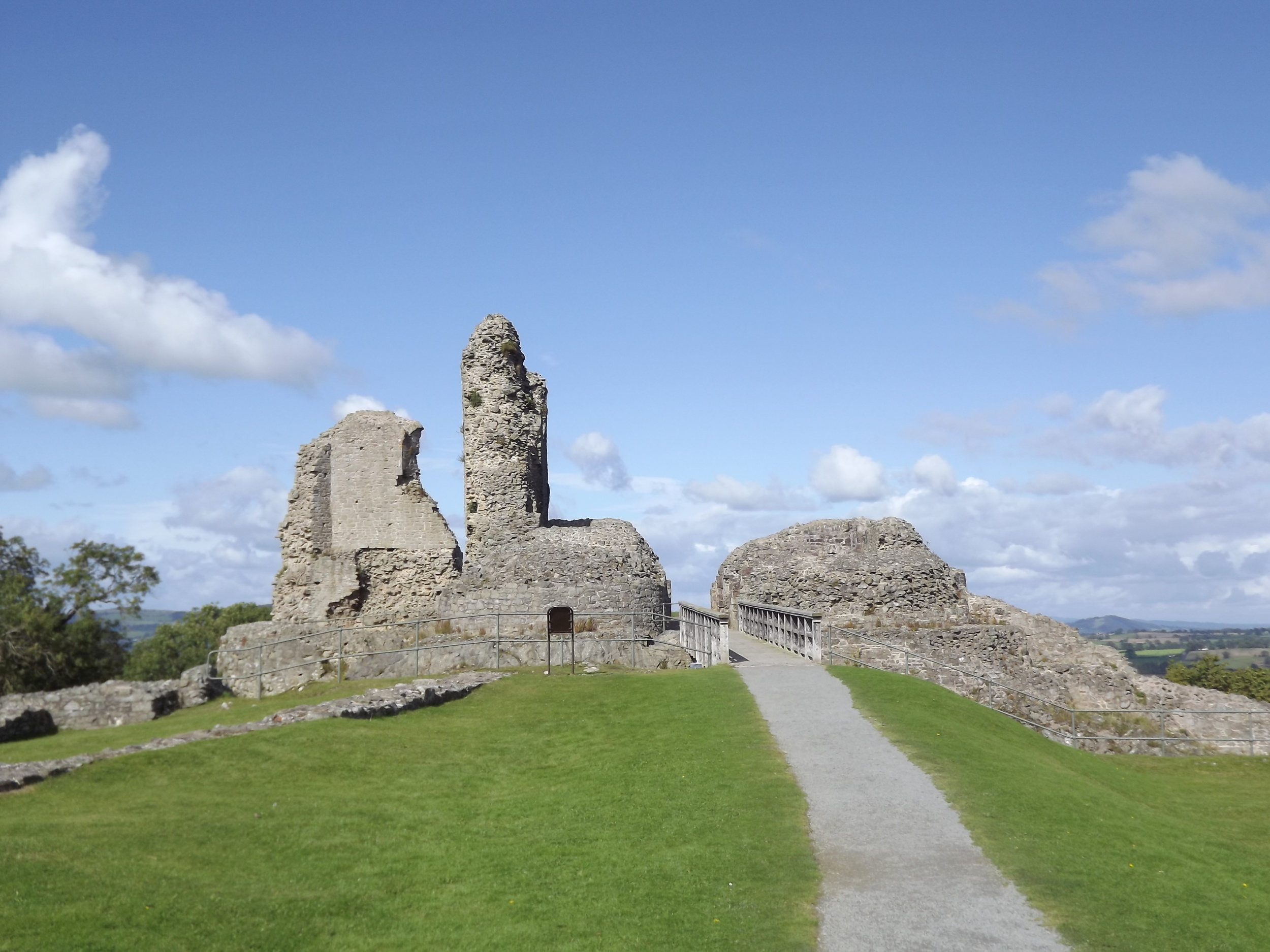
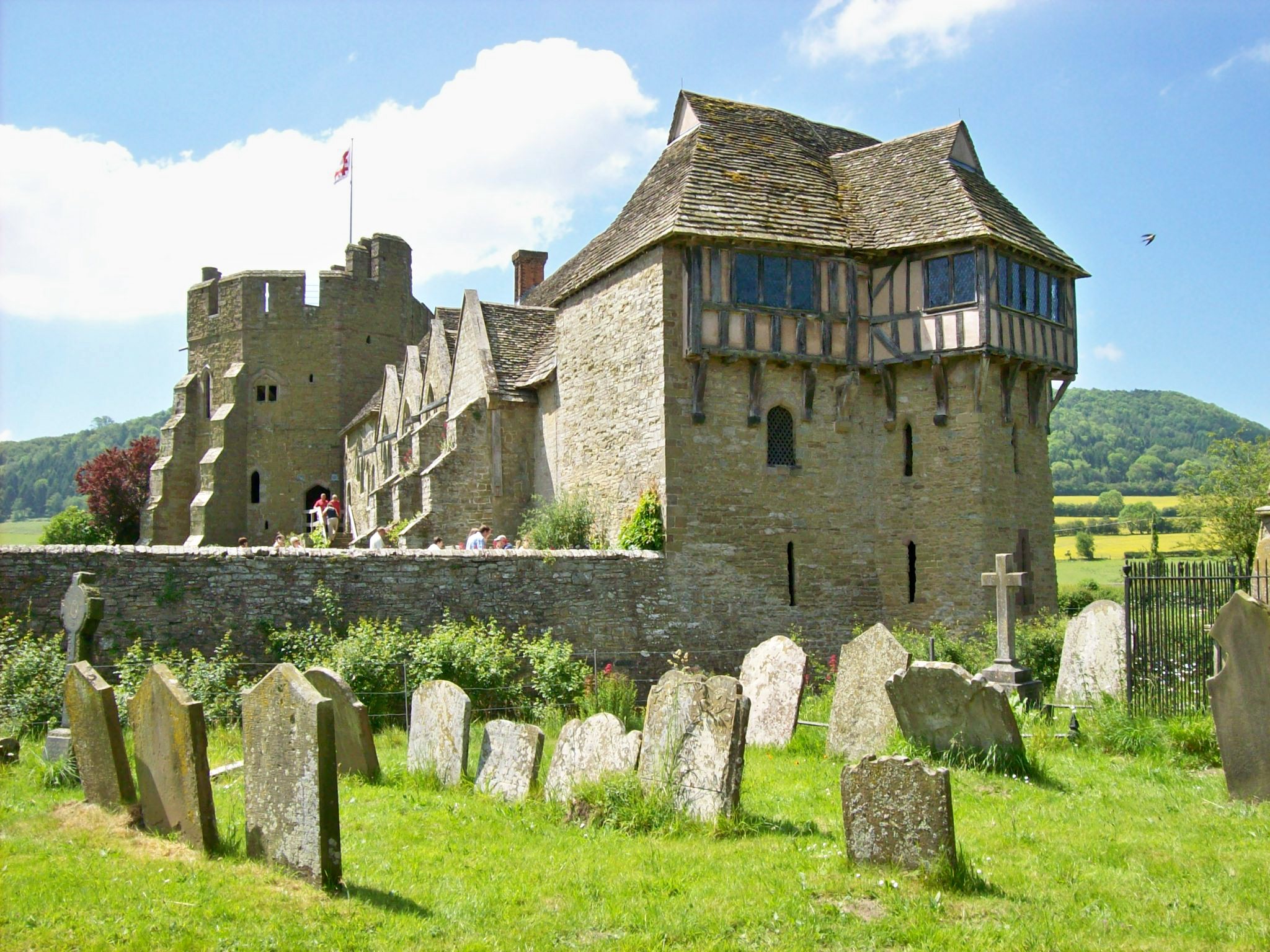
Stokesay Castle
This excellent example of a medieval fortified manor house was built at the end of the 13th century by Lawrence of Ludlow, at the time, one of the richest men in England. It is one of the best preserved, medieval fortified manor houses in the country and remained in the Ludlow family until 1498.
It was then passed to the Vernon family, from Derbyshire, ending up in the hands of Henry Vernon, who frittered away the family’s fortune, eventually being arrested for debt in 1596 and being forced to sell the property.
The castle survived the Civil War and was restored in 1660 by William Craven. The house later fell into disrepair, being used as a granary and storehouse by local farmers until it found a champion in Frances Stackhouse Acton, an artist and antiquary, who appealed to Lord Craven to save it from collapse.
Castle Pulverbatch
Described as the finest example of a Norman motte and bailey castle in Shropshire, Castle Pulverbatch lies 100 metres north-northwest of Brook Cottage. The motte stands over 20 feet high, surrounded by a deep ditch and was first mentioned in the Doomsday Survey of 1086. Built in in the 11th century and granted the right to hold a weekly market in 1254. However, by the end of the 1200’s, Pulverbatch Manor was described as the caput baraniae, meaning the principal manor of the barony, indicating that by this time the castle had been sadly abandoned.
Castles Further Afield
We also have several castles just a stones throw away from Bishop's Castle and surrounding areas. Worthy of a mention, they offer a wealth of history and insight to life and times throughout the ages.
Ludlow Castle
Described as one of the most interesting castles in the Marches, Ludlow Castle began its life as a medieval fortress, then morphing into a fortified royal palace. Building began in 1085 and continued throughout the years, and has examples of Norman, medieval and Tudor architecture. It also played a part in the infamous tale of the Two Princes in the Tower.
Powis Castle
Built to assert dominance against the powerful princes of Gwynedd, Powis Castle is also known as the Red Castle, due to its red sandstone walls. It’s one of the only castles in the area that has enjoyed almost continual occupation.
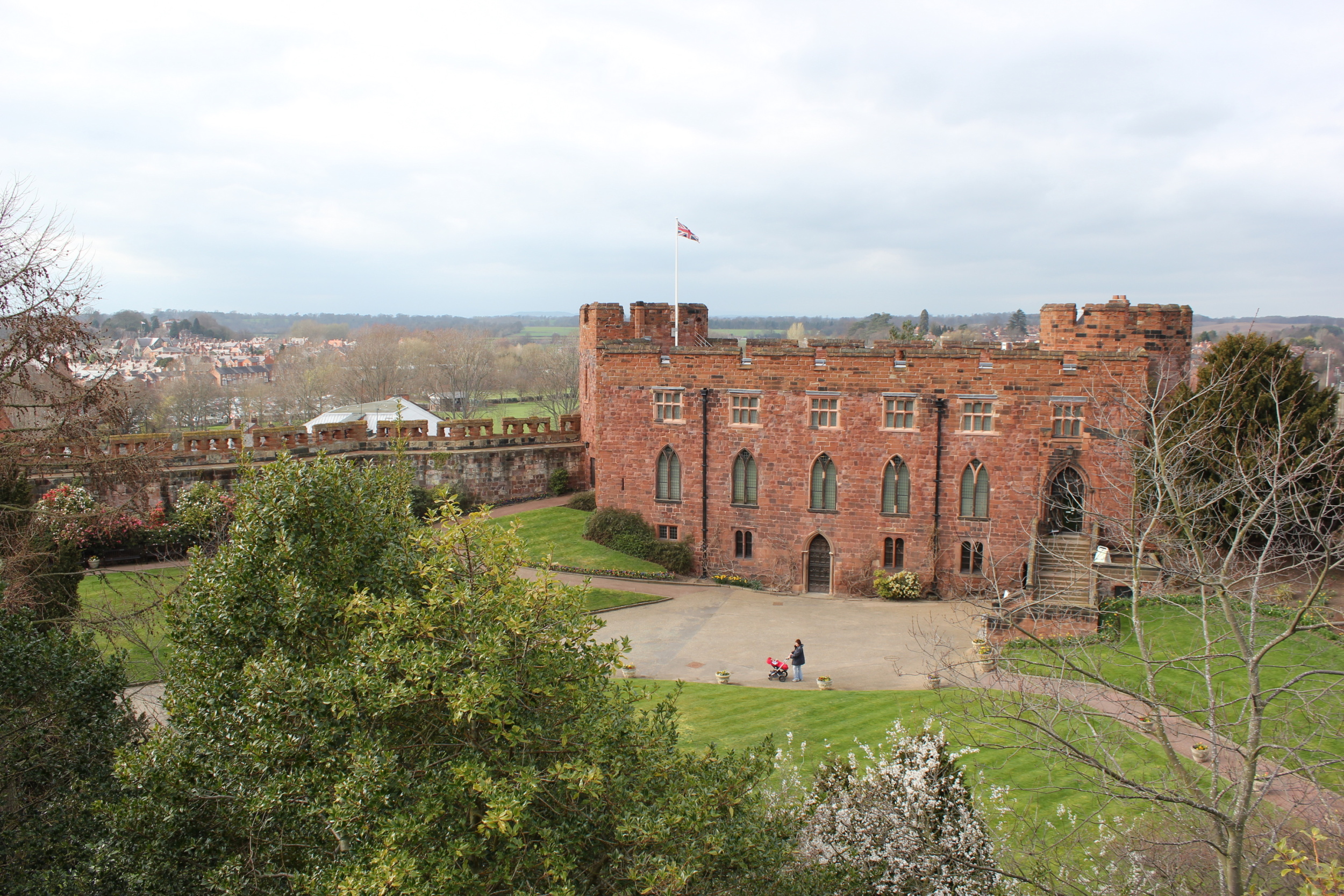
Shrewsbury Castle
Although we have no definite date for the beginning of Shrewsbury Castle, it is widely agreed that it began some time around 1070 to 1080, as a Norman timber structure. It was lost to the crown in the 12th century and became crown property.
